Part 2 : Tower of Culture
< Chapter 2 > Literature
“Tatsunoko Taro” (Written by Miyoko Matsutani and illustrated by Koichi Kume))
“Tatsunoko Taro” received the First Kodansha Award of Children's Literature for Newcomers in 1960, the Sankei Juvenile Literature Publishing Culture Award in 1961, and awarded a place on the IBBY Honour List in 1962. At an early stage, this tale was translated and published in many countries, including Russia (No.136), Mongolia (No.137), China (No.138), France (No.139), Germany (No.140), and Hungary (No.141) - all the editions of which are on display in this exhibition - as well as the United States, Bulgaria and Poland. Each of the six translated versions owned by the ILCL has different illustrations from the original, imparting a unique atmosphere.
About the author and illustrator:
Miyoko Matsutani (1926 - 2015) won the Second Noma Prize for Juvenile Literature with her autobiographical narrative “Chiisai Momo-chan” (Little Momo-chan) and the NHK Juvenile Literature Encouragement Prize in 1964. In 1975, her “Momo-chan to Akane-chan” (Momo-chan and Akane-chan), one of the books in the Momo-chan series, received the Fifth Akai Tori Literary Award. In 1997, the 20th Sazanami Iwaya Literary Award for her outstanding achievements in the field of children's literature.
Koichi Kume (1917-1991), a painter and printmaker, received the Shogakukan Award for Illustration in 1976 with his picture books “Yamanba” and “Kuroshio Saburo.” His representative illustration works include “Dobunezumi-iro no machi” and “Shukudai hikiuke kabushiki kaisha.”
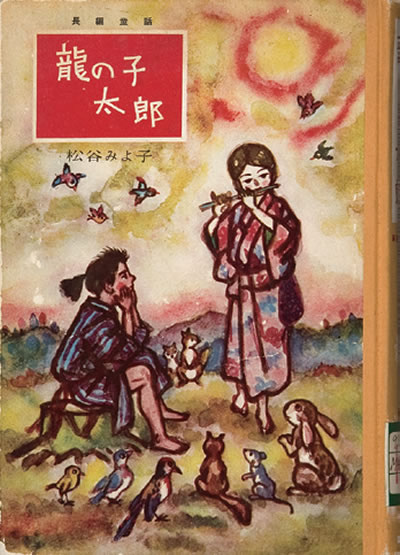





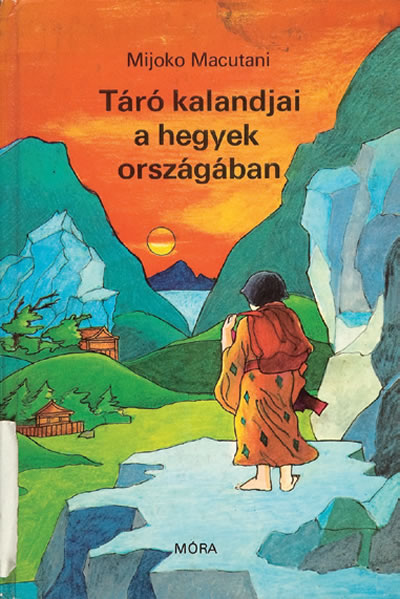
"Kumanoko Ufu" (Written by Toshiko Kanzawa and illustrated by Yosuke Inoue)
This nursery tale centering on the bear cub "Ufu" has been a much loved story since its publication in 1969. It has sold a total of more than 900,000 copies since its first release, becoming an enduring bestseller. This tale can be seen in school textbooks. This book has been introduced to six countries and regions: South Korea (No.143), Taiwan (No.144), Netherlands (No.145), France (No.146), Brazil (No.147), and Germany.
The South Korean and Taiwanese editions have the same cover art as in the original, but in the Dutch and French editions, the image on the back cover of the original book appears on the front cover. In the Brazilian edition, an illustration depicting a scene in the original book has been used for the cover.
About the author and illustrator:
Toshiko Kanzawa (1924 - ), a children's literature author and children's song poet. She has written many nursery tales, including "Chibikko Kamu no boken" (The Adventure of Little Kam). Her autobiographical work "Inai inai baaya" received the 19th Japanese Association of Writers for Children Prize in 1979.
Yosuke Inoue (1931 - 2016) was a cartoonist and illustrator. He won the 25th Kodansha Publication Culture Award for Children's Books with “Tsukiyo no jidosha” (story by Shigeo Watanabe) in 1994 and the Grand Winner Award of the Sixth Japan Picture Book Award in 2001 with "Densha ehon."
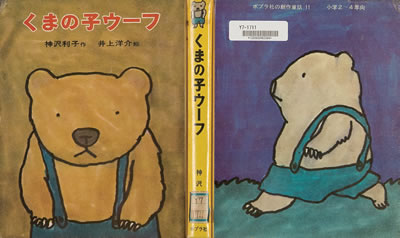





"Madogiwa no Totto-chan" (Written by Tetsuko Kuroyanagi)
This book was written based on Tetsuko Kuroyanagi's childhood experience centering on Tomoe Gakuen, where she received an unconventional education. This work received the 12th Shimpyo Award (Category 2) in 1982, the 5th Robo-no-Ishi Literary Award 1983, and the Janusz Korczak Prize (Poland) in 1985. This work has been translated in many countries, including the United States, South Korea (No.36), Egypt (No.153), Russia (No.154), Serbia, Bulgaria, India and Sri Lanka. According to the ILCL's Translation DB, it ranks first with 15 translation versions.
Most translated versions have the same cover image as in the original, which has an illustration by Chihiro Iwasaki on the cover, but the Russian edition has an image originally designed for the book.
About the author:
Tetsuko Kuroyanagi (1933 - ) is active in various fields, including as an actress. Her work “Madogiwa no Totto-chan” was introduced to the then Executive Director of UNICEF (UN Children's Fund), and she was designated as a UNICEF Goodwill Ambassador. She has also serves as Director of the Chihiro Art Museum Tokyo. Using royalties from the sales of translated editions, she founded the Totto Foundation, and has since served as the director of the Foundation.
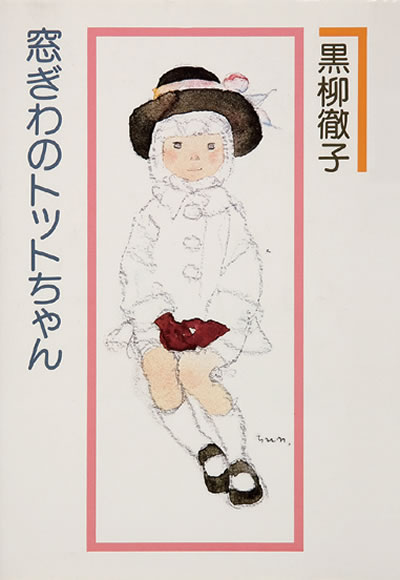
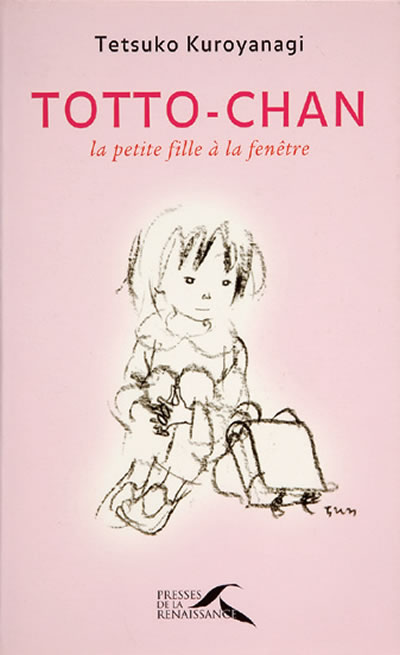





“Majo no takkyubin” (Written by Eiko Kadono and Illustrated by Akiko Hayashi)
This novel was granted the 23rd Noma Prize for Juvenile Literature and the 34th Shogakukan Award for Children's Literature in 1985, and awarded a place on the IBBY Honour List in 1986. Later, it was made into an animation film. The series was concluded with the sixth volume published in October 2009. The first in the series was translated in eight countries and regions, while the second and subsequent volumes in the series have been introduced to Taiwan, Sweden and China.
In countries where people have the impression that witches are scary, there was criticism from publishers, claiming the witch Kiki was too sweet. Consequently, the Canadian and Swedish editions (Nos. 156 and 157) have covers illustrated by local illustrators.
About the author:
Eiko Kadono (1935 - ), an author of many works from nursery tales to fantasy, received the Fourth Obunsha Children's Literature Award with “Zubon sencho-san no hanashi” in 1981, and the Grand Prize of the 29th Sankei Juvenile Literature Publishing Culture Award with “Odorobo bura-bura-shi.” In 1984, Kadono was granted the Sixth Robo-no-Ishi Literary Award for her outstanding achievements as an author.
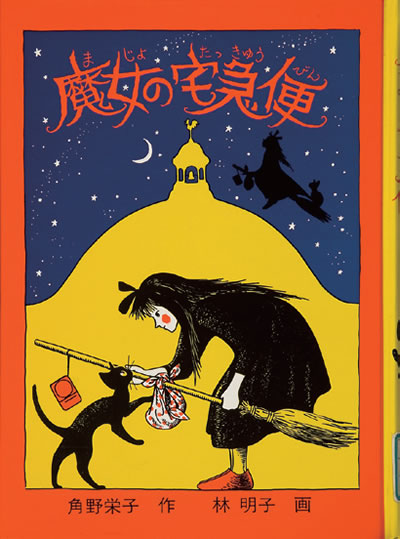
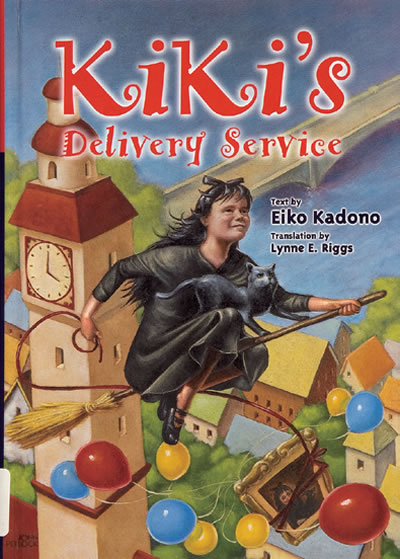
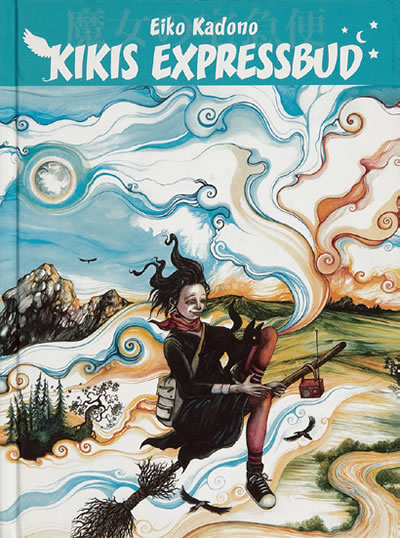
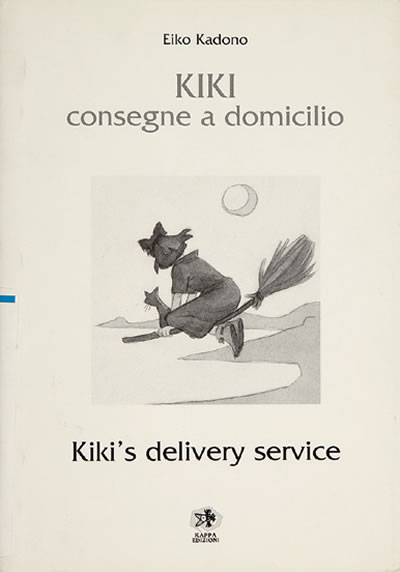
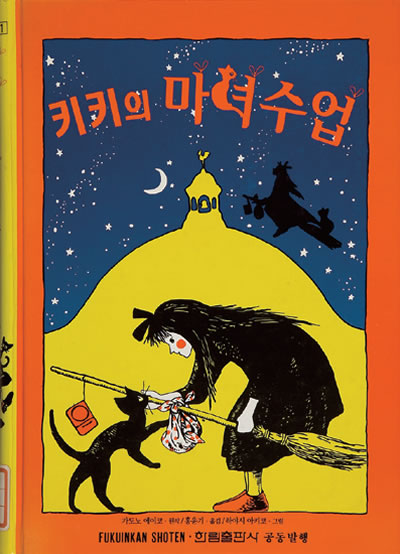
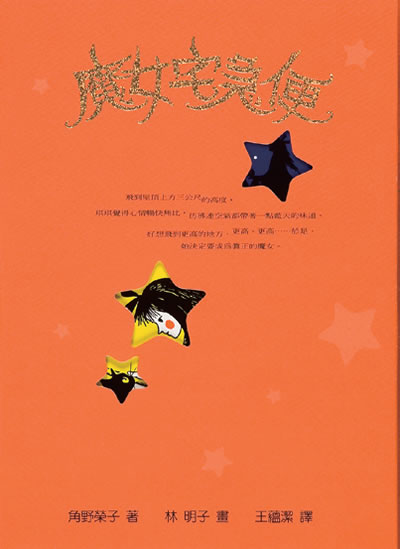
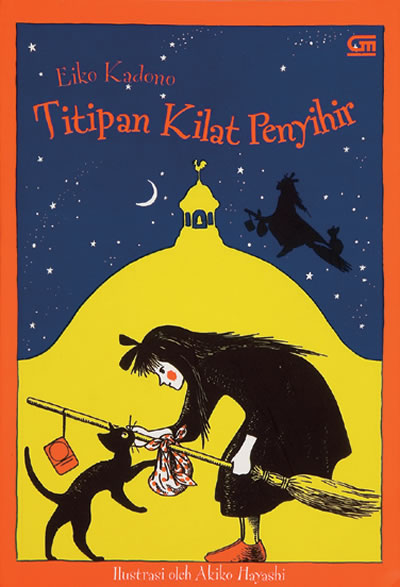
“Natsu no niwa: The friends” (Written by Kazumi Yumoto)
This is the first work of children's literature by Kazumi Yumoto. This novel received the Japanese Association of Writers for Children Prize for Newcomers and the Japan Juvenile Writers Association Prize for Newcomers. It was made into a movie and play. The novel was translated in 10 countries and regions, and won the Mildred L. Batchelder Award and the Boston Globe - Horn Book Award.
Interestingly, the illustrations drawn on the covers of translated editions vary depending on the country, reflecting the different impressions readers have in different countries. Some depict the boys trying to taking a peek into the house of an old man, while others have an illustration that looks as if it were taken from a horror movie.
About the author:
Kazumi Yumoto (1957 - ) wrote the libretto of an opera, opening the way to her career as a television and radio scriptwriter. She also made her debut as a children's literature author, with “Natsu no niwa: The friends.” Her other works, “Haru no orugan” and “Popura no aki,” were translated and published in three countries and eight countries and regions respectively.

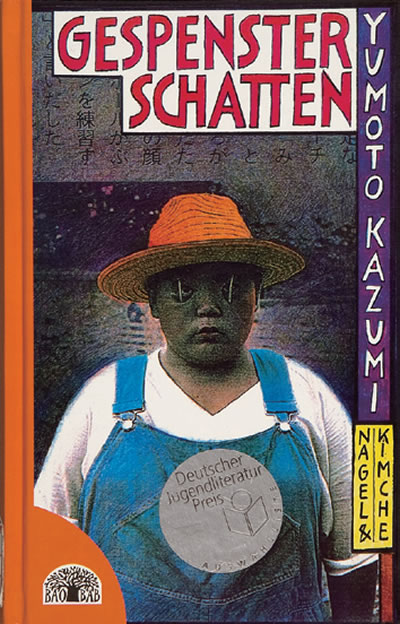



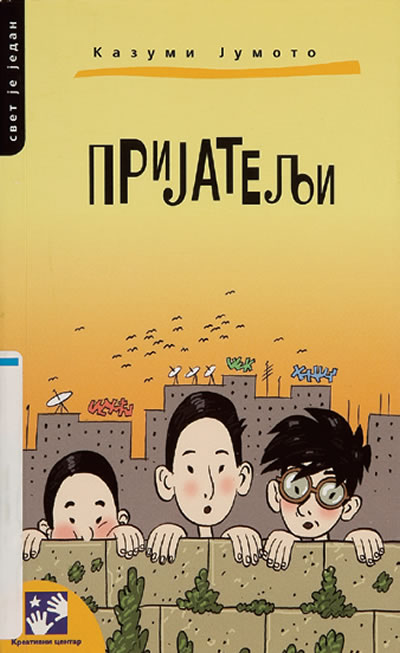


“Brave Story” (Written by Miyuki Miyabe)
This novel was made into an animated movie, Manga, and game. Its animated movie won the Best Animated Film Award at the 30th Japanese Academy Awards in 2007. The novel's American edition released in 2007 received the Mildred L. Batchelder Award in 2008. The French version (No.171) was published after the release of the animation film “Brave Story,” and the book cover features the same image as in the DVD movie.
About the author:
Miyuki Miyabe (1960 - ) received the 120th Naoki Prize in 1999 for her novel “Riyu.” In 2002, she received the Fifth Shiba Ryotaro Prize for her ambitious and outstanding creative activities covering a wide range of fields, from mystery novels (“Riyu,” “Mohohan,” etc.), to historical novels and science fiction. In 2007, the 41st Yoshikawa Eiji Literature Prize was granted for her novel “Namonaki doku.” She has received numerous awards, and some of her works have been released in pocket edition for children, enjoying a wide readership.
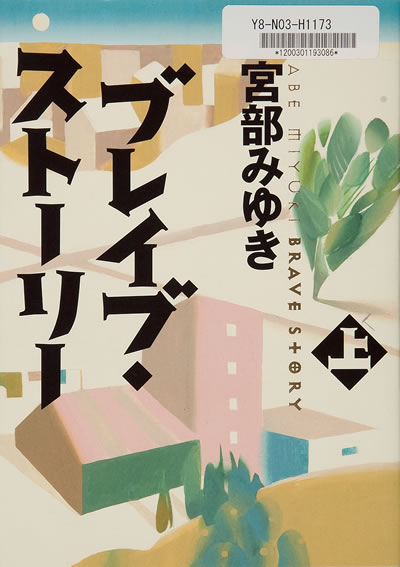

“Seirei no moribito” (Written by Naoko Uehashi and illustrated by Makiko Futaki)
This novel received the 34th Noma Prize for Juvenile Literature Newcomer Award in 1996 and the 44th Sankei Juvenile Literature Publishing Culture Award and Nippon Broadcasting Award in 1997. The work was also made into a comic book and a TV cartoon. Before the publication of its United States version(No.173), which won the Mildred L. Batchelder Award in 2009, the three parties of the author, translator and local editor repeatedly engaged in discussions through a huge volume of e-mail correspondences on how the novel should be translated into English to clearly convey the idea and message of the original.
Sequels to the novel were published. In 2001, the three-part series of “Seirei no moribito,” “Yami no moribito” and “Yume no moribito” received the 23rd Robou-no-Ishi Children's Literature Prize. In Taiwan, “Yami no moribito,” a sequel to “Seirei no moribito” was published.
About the author and illustrator:
Naoko Uehashi (1962 - ) received the 25th Japanese Association of Writers for Children Prize for Newcomers in 1992 with “Tsuki no mori ni, Kami yo nemure” (God Sleeps in a Moonlit Forest). In 2000, “Yami no moribito” won the 40th Japanese Association of Writers for Children Prize, in addition to the prizes mentioned above, and in 2003 “Kami no moribito Raiho-hen and Kikan-hen” received the 52nd Shogakukan Children's Publication Culture Award.
Makiko Futaki has worked for Studio Ghibli as an animator, focusing on animation films directed by Hayao Miyazaki. Futaki's other works include the novel “Sekai no mannaka no ki” and the picture book “Chiisana Pisuke no hajimete no tabi.”
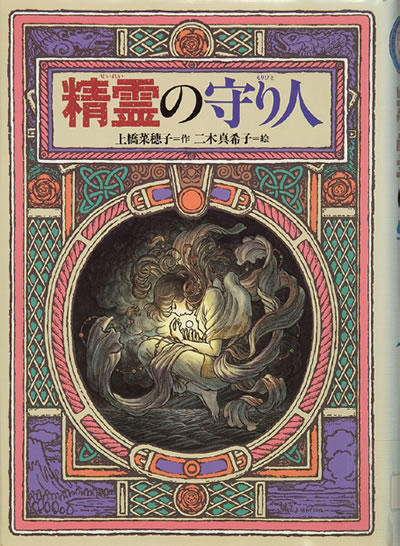



For copyright reasons, images of some books are not available in this electronic exhibition.
- TOP
- Part 2 Tower of Culture
- Literature

